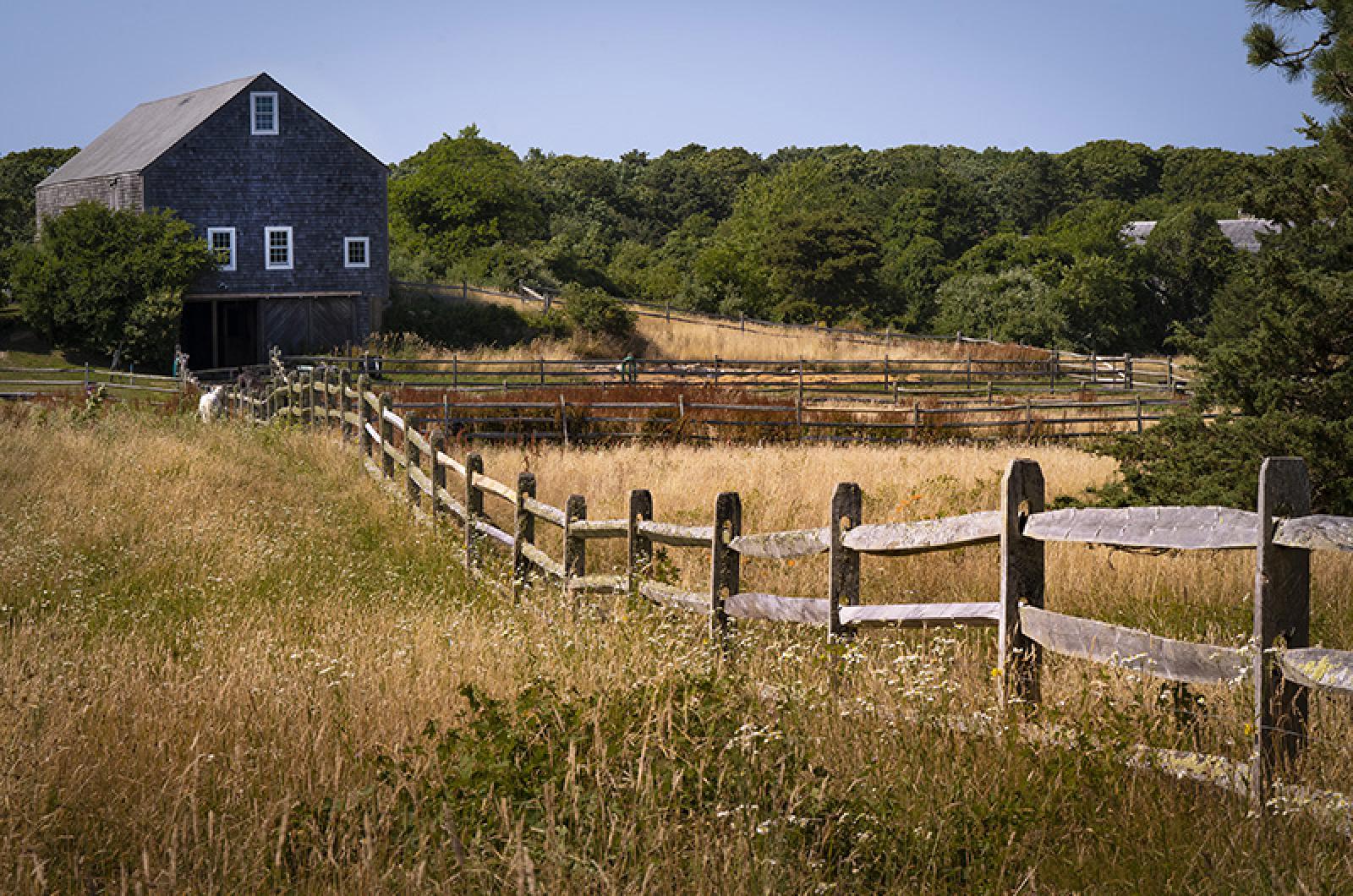From the May 31, 1929 edition of the Vineyard Gazette:
Sixty years ago Edgartown had its Cleaveland Town in the south end and Jernegan Town in the west end, probably so named from the fact that various dwelling houses in the two sections were occupied by families with those well known Vineyard names. For many years past, Cleveland Town has seen its original dwellers of the name pass on until today not a Cleveland family remains on the Cleveland Town road, and of the descendants Edward T. Vincent is the sole representative on his mother’s side.
But the name still survives and today as one hundred years ago Cleveland Town designated an attractive and flourishing section of this ancient burg. As for Jernegan Town, that section has lost even more than its neighbor to the south for even its name is seldom if ever used today. Once the location of the residences of the late Capt. Nathaniel M. Jernegan, Capt. George Jernegan and Alexander Jernegan and their progenitors and relatives, new family names have succeeded the ancient name of Jernegan in this locality and upper Main street or State road have displaced the venerable name in use four score years and more ago.
And this leads one to remark on the great changes which have been wrought along this section of highway in the past few years. Not so very long ago few houses would be passed in a walk from the Dukes County jail building to what was once termed Jernegan Town. The highway, once a more or less disreputable dirt road, is at present time a section of fine hard surfaced highway which, with its several branches, extends for miles in various directions. After leaving the jail building one would pass on the right the Curtis house the Goff dwelling, houses of Bartlett Borton, Henry Adlington, and that of Shubael Howes Norton located at the fork of the road, on the right of the highway as it branched off towards Nicholas Norton’s on the way to Oak Bluffs.
Today this section of highway is occupied by many new houses, so that very few vacant lots, not more than three or four, we think, remain for future building purposes. On the site where once stood the Curtis house is now located the Nash service station and garage. Surely the returned Edgartonian traversing that way after an absence of some years will be struck with the great changes which have been wrought in recent years between the village and the former Jernegan Town.
Once more a house stands on the Betty Alden Place in West Tisbury and fire glows on the ancient hearth. Constructed from old lumber and built as nearly as possible like the original house, the present dwelling stands on the exact site of its predecessor, the original foundation and basement being used, as well as the original fireplaces and chimney base of home-made bricks and tile.
The history of this home-lot dates back to 1669 when the four original proprietors, James Allen, Josiah Standish, James Skiffe and William Pabodie, purchased the town of West Tisbury through a grant obtained by Governor Mayhew.
Having acquired the land, these proprietors divided it into home-lots and each took one for himself. The lot which has since been known as the Betty Alden Place, was chosen by Pabodie, or Peabody as his descendants choose to spell it, and here he settled with his wife, who was formerly Betty Alden.
Pabodie did not remain on the Vineyard, but sold his property to a kinsman, George Russell. The latter made his home there, having a wife and two children. But he left them to serve in the army at the time of King Phillip’s War and was killed. At the settlement of the soldier’s estate, the Betty Alden Place was purchased by Simeon Athearn. Records would undoubtedly reveal more of the history of the estate, but some time before the Revolutionary War it was purchased by the town or community and presented to a retiring pastor, the Rev. Nathaniel Hancock, ancestor of John Hancock, the Signer, and of the present Hancock family. Through them the property fell to the Thompson family who owned it previous to its sale to the present owner, Mrs. Flora Jordan.
Much history is connected with this old place and the surrounding lands. Scotchman’s Bridge Road passes by the house, a weed-grown and rutted lane, used by few passers. This is the first road mentioned in West Tisbury records and apparently extended much farther in the early days.
Across the fields may be traced the windings of an old abandoned road or trail. Once it was in common use and led to the North Road or further. Along this old road tramped Daniel Webster as he rode or walked to the farm of Dr. Daniel Fisher, hunting the plover as he traveled. From the well a short distance up the hill, President Chester A. Arthur once drank and praised the coldness of the water.
And now a new fire is to be kindled on the ancient hearth, on perhaps the very tiles that Betty Alden once brushed clean with a turkey-wing before baking.
Compiled by Hilary Wallcox
library@vineyardgazette.com




Comments
Comment policy »